Waterfalls 🢔 Geological wonders 🢔 Categories of wonders
Wonder
Keila Waterfall
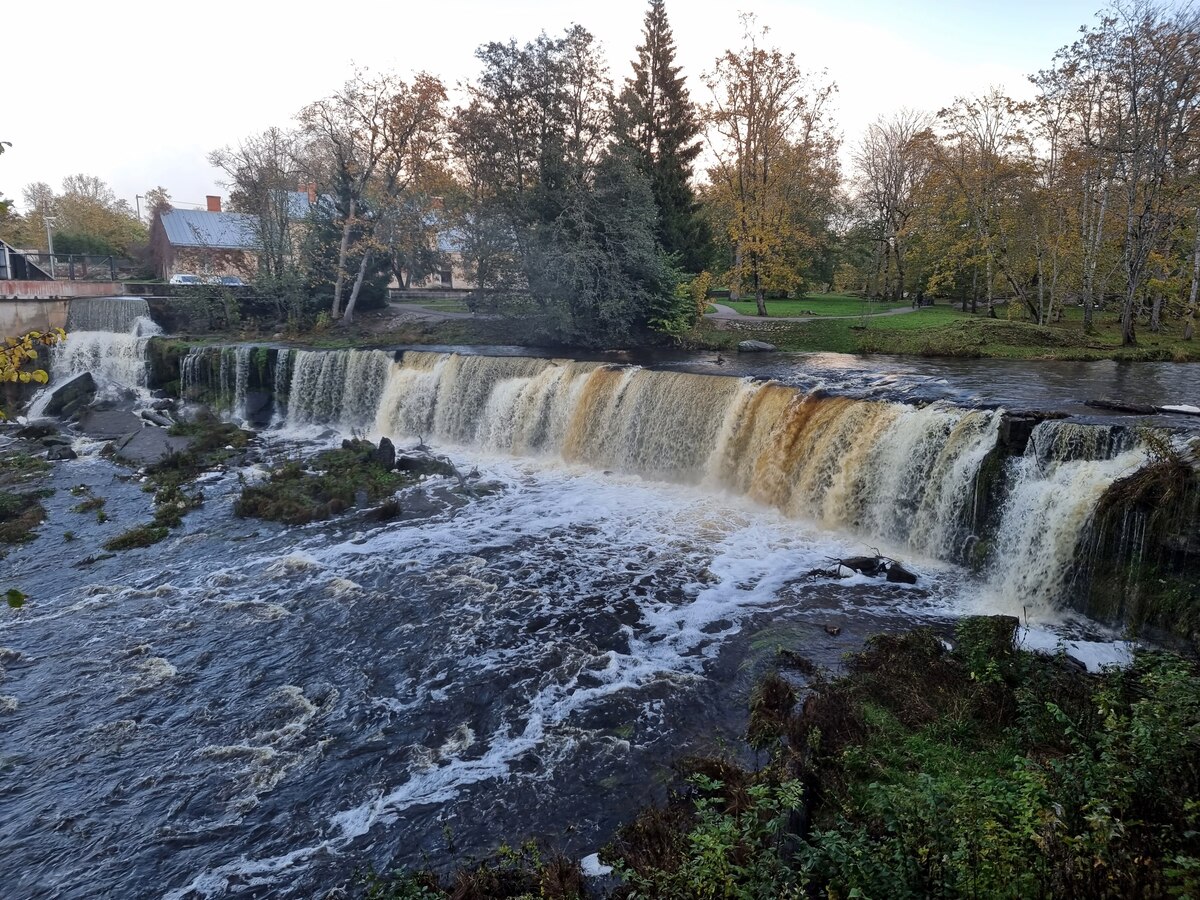
 In short
In short
The most beautiful of the three major waterfalls in Estonia is Keila Waterfall. It is some 60-70 m wide and 6.1 m high.
 40.5%
40.5%
GPS coordinates
Name in Estonian
Stream
Height
Drops
Width
Flow rate
Map of the site
If you see this after your page is loaded completely, leafletJS files are missing.
 In detail
In detail
Possibly, the most beautiful waterfall in Estonia
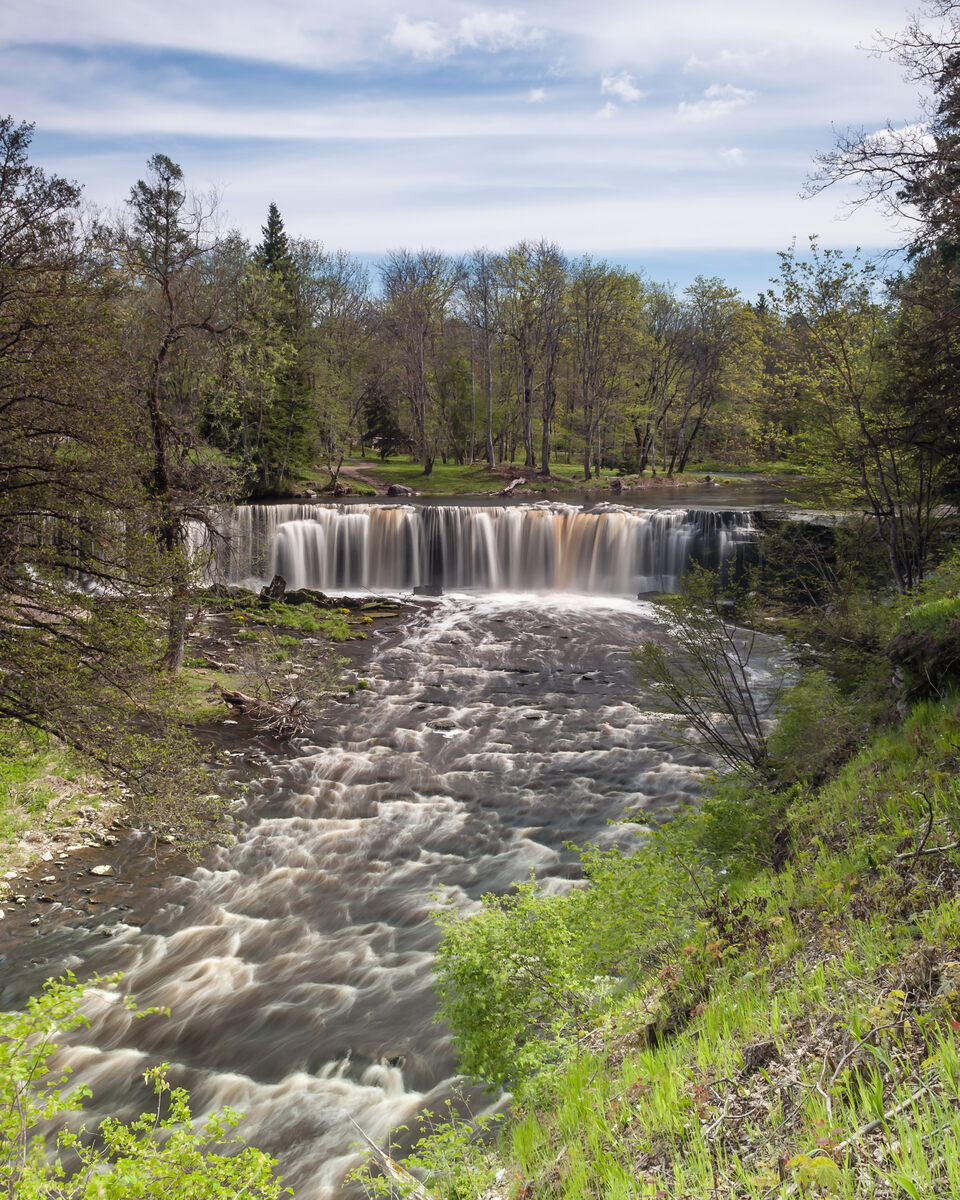
Keila Waterfall is one of the three largest waterfalls in Estonia next to Jagala Waterfall and Narva Waterfall. Most visitors though agree that Keila Waterfall is more picturesque than the two others.
To a large extent the beauty of landmarks depends on the vantage point – and in this respect, Keila Waterfall excels. The waterfall is located in an ancient park of the nearby manor, with trails on both sides of it. An especially beautiful sight opens from a hill on the left bank of the river (see the first image).
Geology of Keila Waterfall
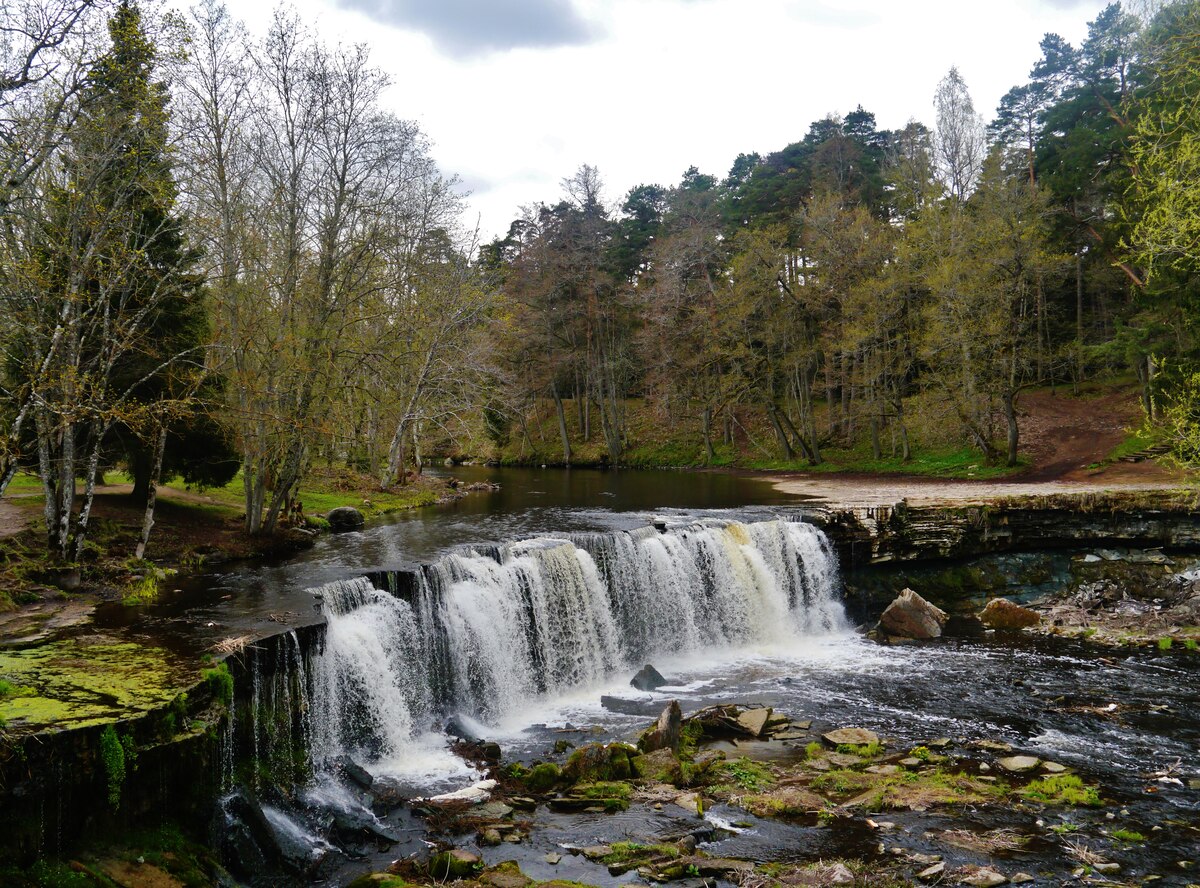
Waterfall, most likely, started to form when Ancylus Lake (a former stage of the Baltic Sea after the end of the last ice age) started to retreat and this part of Estonia became a land. Then (some 7-9 thousand years ago) the Keila River started to fall over the Baltic Klint – a very long escarpment across the northern part of Estonia.
As Keila River is rather powerful, it washed out the sturdy limestone cliff and Keila Waterfall recedes upwards, against the current. The medium speed of this retreat is some 9.7 m every century (1.).
Keila Waterfall is a fine location to see several formations of the Ordovician sediments that were deposited more than 450 million years ago.
In the upper part of the falls is exposed a 0.6 m thick layer of Ordovician limestone of Kunda Stage. Then, below follows some 2 m thick layer of limestone of Volkhov Stage, then: a 2.5 m thick, softer glauconitic limestone of Volkhov or Billingen Stage. Next is some 0.7 m thick layer of glauconitic clay of Varangu Stage and the last visible is up to 2 m thick layer of dictyonema limestone. This last layer is exposed in the underwater pit, which is up to 2 m deep. This pit, most likely, was carved in the sturdy rock during the ice age by some powerful subglacial streams.
History
Already in 1555 it has been mentioned that a watermill exists on the waterfall. The currently visible watermill building on the right bank of the river was built in 1831-1833. In 1928 it was adjusted for the electricity production, but in 2005 the watermill was restored to its historical exterior from the early 20th century.
Further below the stream on the right bank is a beautiful manor house. This is the Keila-Joa manor house (Schloss Fall), the first Gothic Revival style structure in Estonia that was constructed in 1831-1833.
References
- Loodusmälestised. Loode-Eesti. Teaduste Akadeemia Kirjastus, 2010.
 Linked articles
Linked articles
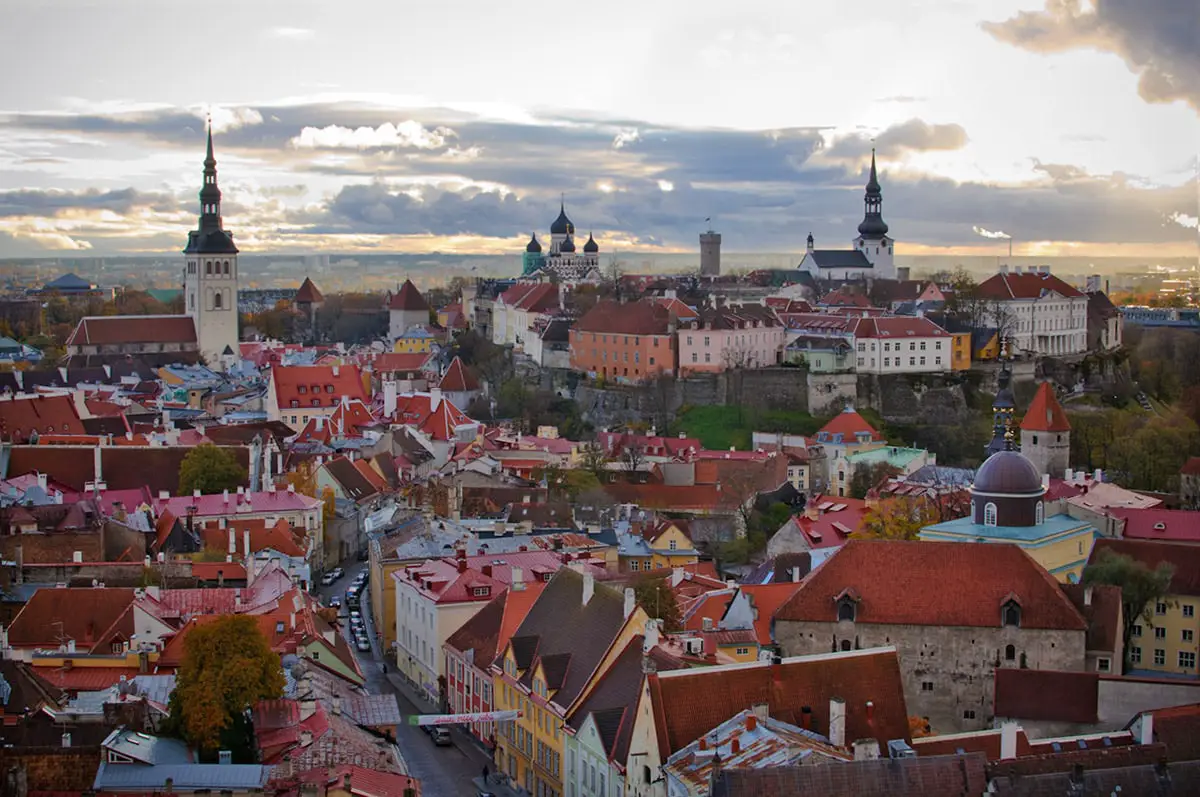
Wonders of Estonia
In spite of its small size Estonia offers a wide array of very interesting natural and man-made landmarks. Highlights of Estonia are:
Medieval Tallinn – one of the most amazing historical cities in this part of the world, built on and around a tall limestone cliff.
Medieval castles and churches – Christianity came here with fortified stone buildings – castles and churches. In Estonia are located some of the most impressive palaces in this part of Europe.
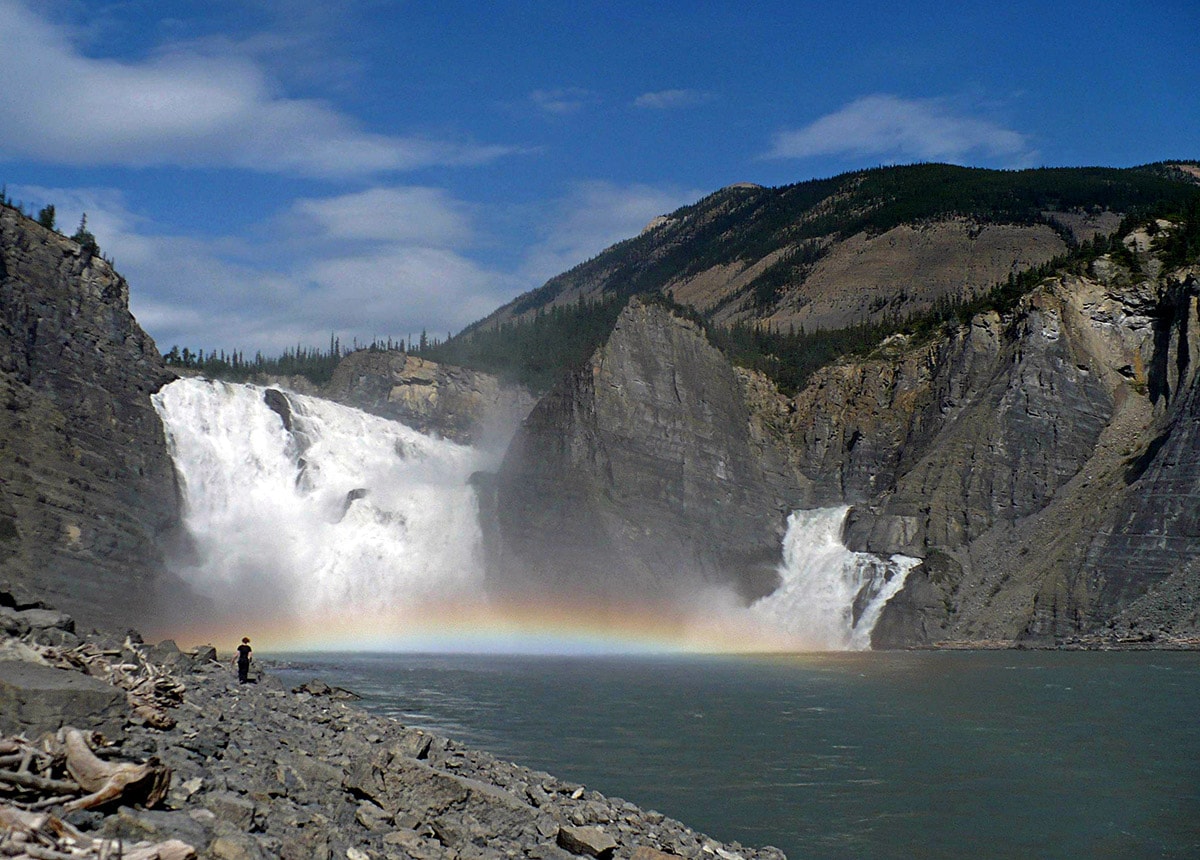
Waterfalls
Some of the most fascinating and awe-inspiring natural monuments are waterfalls or locations where a river abruptly changes its elevation.
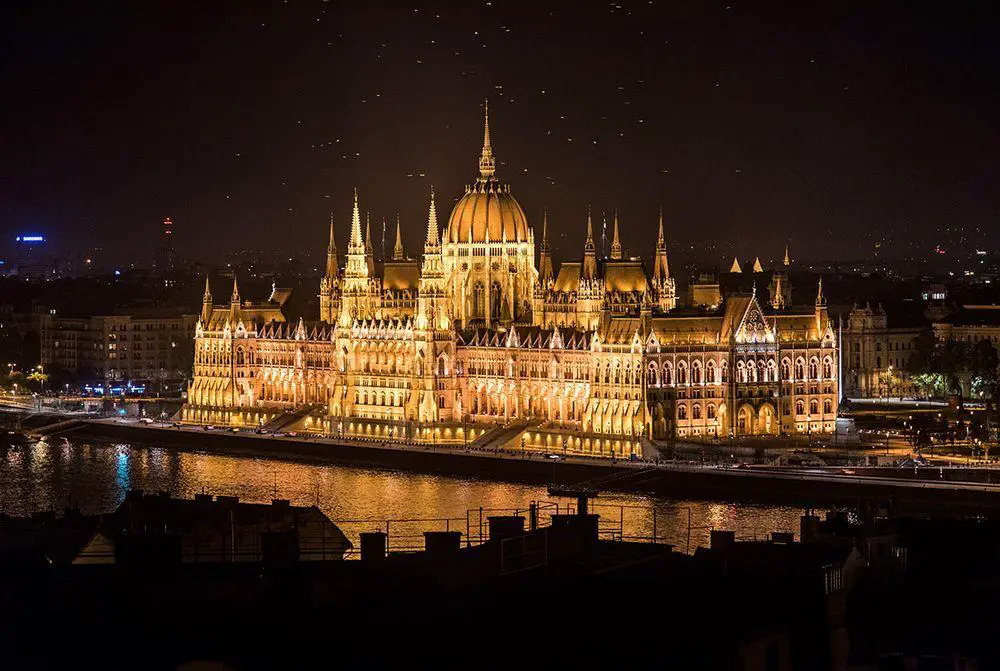
Wonders of Europe
The heritage of Europe is diverse and endlessly interesting. Incomparably rich is the wealth of European historical architecture, but this part of the world has exciting natural heritage and archaeological heritage as well.
 Recommended books
Recommended books
Lonely Planet Estonia, Latvia & Lithuania
Lonely Planet’s Estonia, Latvia & Lithuania is our most comprehensive guide that extensively covers all the region has to offer, with recommendations for both popular and lesser-known experiences. Explore Tallinn’s fairy-tale old town, relax at Curonian Spit, and marvel at Riga’s art nouveau architecture; all with your trusted travel companion.
DK Eyewitness Travel Guide: Estonia, Latvia, and Lithuania
DK Eyewitness Travel Guide: Estonia, Latvia, and Lithuania is your indispensable guide to this beautiful part of the world. The fully updated guide includes unique illustrated cutaways, floor plans, and reconstructions of the must-see sights, plus street-by-street maps of cities and towns.


